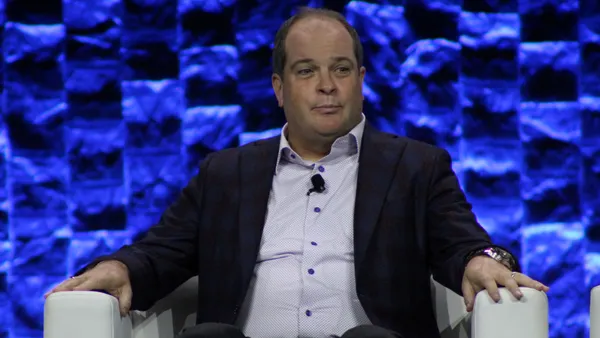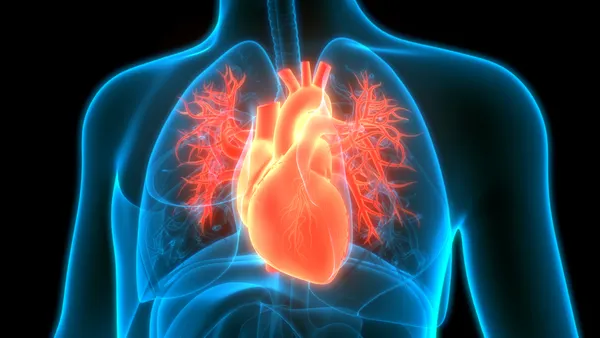Dive Brief:
-
Medical devices have been caught in the escalation of the U.S.-China trade war, with some products hit in the latest set of tariffs and others in the firing line if the ramp-up continues.
-
Last week, President Trump raised the tariffs on $200 billion of imports to 25% and has begun the process of taxing a further $300 billion worth of products, driving China to hit back with levies of its own.
-
The enacted and proposed tariffs affect a subset of medical devices, including imaging equipment, diagnostic reagents, surgical gloves and contact lenses.
Dive Insight:
The medical device industry got a scare when the United States Trade Representative posted the original list of Chinese imports it planned to tax at 25% last year. That list featured an estimated $2.8 billion worth of medical products, including defibrillators and orthopaedic implants.
USTR trimmed the list following pushback from industry but still went ahead with a levy on imports of medical equipment valued at $836 million a year. Pacemakers and ultrasound devices were among the medical products affected by the tax.
Since then, the medical device industry has been braced for more tariffs as USTR has broadened the list of taxed products, and as China has hit back with its own levies. The latest round of tariffs began when the U.S. raised the levy on $200 billion worth of products from 10% to 25%.
Medical equipment makes up a small slice of the list of taxed products. Cameras used in medical and surgical contexts are among the products now subject to a 25% import tax.
China responded with its own set of tax changes, raising the tariffs on a set of products from 10% to 25% and imposing smaller levies on other imports. The list of products affected by the 25% tariff includes diagnostic reagents used in X-ray examinations, surgical gloves and lamps used in medical settings, according to a translation of the list in Chinese by Quartz.
The situation may get worse before it gets better. Following the imposition of the 25% tax, USTR set out plans to raise levies on “essentially all remaining imports from China,” which are valued at around $300 billion. Medical products like contact lenses and microtomes are among the products USTR is considering taxing in the next round of tariffs.
The ongoing escalation has given companies with interests in the U.S. and China plenty to worry about.
“We are concerned about the impact of higher tariffs imposed on medtech exports to China," a spokesperson for AdvaMed said in an emailed statement. "We will participate in USTR’s formal process to try to convince the administration that medical products that impact the health and well-being of Americans should not be subjected to additional import tariffs.”
The spokesperson said AdvaMed is hopeful that the parties can bring the “delicate” negotiations to a successful conclusion, adding that failure to do so may have “broad-reaching implications” for the medical device industry and patients.
Those implications may be particularly painful for companies with supply chains that cross back and forth between the U.S. and China. These companies move raw materials, components and finished products in and out of the U.S. and China during the manufacturing of medical equipment, creating scope for them to be taxed at multiple points in the supply chain.
Before the U.S. shocked the industry by proposing taxes on MRIs and other medical equipment, the potential for the trade war to increase the cost of commodities such as aluminum and steel was a primary concern for device makers. The list of products targeted in the next, $300 billion wave of tariffs includes 348 references to steel and 49 references to aluminum.
Companies may be able to secure exemptions to the tariffs but the USTR’s handling of the first set of levies suggests the chances of getting a reprieve are slim. GE Healthcare, Fujifilm Medical Systems and other medtech players sought exemptions to the tariffs imposed to date but have generally been denied. Across all industries, USTR has granted around one-fifth of exemption requests, although that figure may increase as it works through its backlog of outstanding cases.












